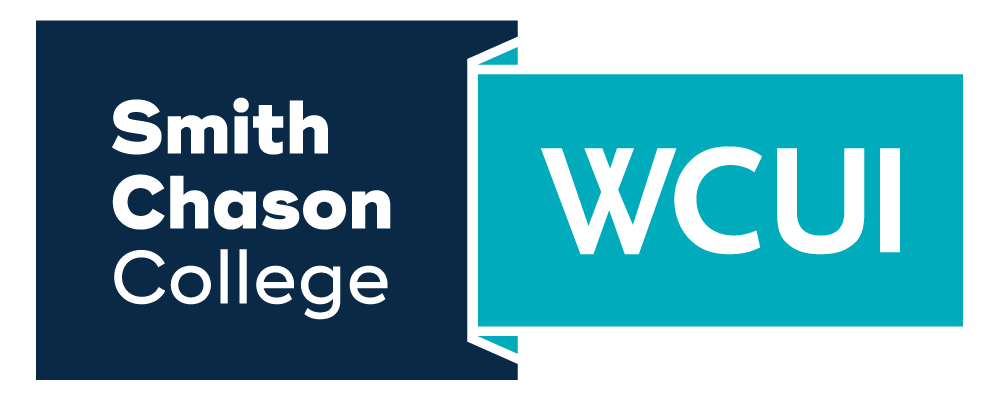Visualizing Heart Health: The Power of Cardiovascular Sonography
Your heart is a tireless engine that fuels your body throughout life. Depictions of it vary, but in cardiac care, ultrasound waves become the 21st-century stethoscope, unveiling the once unseen. Let Smith Chason College introduce you to cardiovascular sonography as the artist of the heart’s portrait, outlining each pulse and flutter in an intricate sonographic tapestry, guiding toward health and longevity!
Unveiling Cardiovascular Sonography
What is cardiovascular sonography, and why is it important in the matters of the heart?
Cardiovascular sonography relies on sound waves to expose the heart’s chambers and vessels, allowing us to witness the beat and flow of life. Skilled sonographers analyze these echoes in order to discover any potential heart conditions, thus shaping the unique narrative of each patient’s cardiac health.
The specialized field in imaging combines science and sonographic skill to create images that aid in diagnosis and treatment. The use of technique and technology allows for immediate and valuable information, enabling the detection and prevention of cardiac disease.
Basics of Heart Ultrasounds
Cardiac ultrasounds, or echocardiograms, visualize the heart’s structure and function through high-frequency sound waves, capturing real-time cardiac activity.
In sonography, healthcare professionals employ these non-invasive waves to construct detailed heart images, discerning abnormalities such as valve dysfunction and irregular wall motion. With precise imaging, cardiovascular sonography enables early detection of heart conditions, even in asymptomatic stages, aiding in effective treatment or intervention strategies and maintaining stellar heart health for patients.
Sonography Versus Other Imaging Techniques
Cardiac sonography offers a real-time, dynamic view of the heart. Unlike X-rays, which provide static images, this imaging technique allows for a thorough analysis of cardiovascular movement and function. The immediate feedback it provides is extremely valuable in understanding the complex dynamics of the heart’s structure and rhythm. X-ray based techniques, on the other hand, are not as detailed as ultrasound imaging when it comes to soft tissue contrast, making them not as effective for certain cardiovascular evaluations.
While MRI provides exceptionally detailed images, it necessitates longer imaging durations and does not offer the immediate accessibility at the bedside that cardiovascular sonography provides for healthcare providers. The importance of this immediacy cannot be emphasized enough; it guarantees the availability of actionable data without delay, which can be vital in emergency scenarios.
Computed tomography (CT) scans can provide excellent spatial resolution and 3D reconstructions of the heart, but they involve ionizing radiation, which echocardiography avoids. Other techniques, like nuclear imaging, offer metabolic insights but lack the anatomical detail and non-invasiveness of cardiovascular sonography, highlighting its importance in delineating structural heart disease without exposing patients to radioisotopes.
Amongst these, cardiovascular sonography stands out due to its dynamic imaging capabilities, lack of radiation exposure, and on-the-spot applicability, which are important in cardiac care.
Cardiac Sonography in Action
Cardiac sonography acts as a live monitor for identifying heart abnormalities, spanning from valve issues to septal defects. Precise imaging and Doppler techniques empower healthcare practitioners to facilitate prompt and precise diagnoses and contribute to the development of comprehensive treatment strategies.
Early Detection of Heart Disease
Early detection of heart disease is pivotal in preventing catastrophic cardiac events. By utilizing echocardiograms, sonographers can capture dynamic images of the heart’s function and structure to mitigate problems before they even happen. These real-time visuals reveal anomalies like blood flow disruptions, weakening heart muscles, and early stages of heart disease, which are critical to diagnose for effective intervention.
Moreover, the immediacy of sonographic results facilitates swift clinical decisions, allowing for a proactive approach in the management of heart disease. Emphasizing routine cardiac imaging underscores the necessity for skilled cardiovascular sonographers. Their adeptness in leveraging sonography for early detection is a linchpin in pre-empting the progression of heart disease, making ongoing education and training crucial.
Monitoring Treatment Progression
These visuals become essential tools in fine-tuning patient care plans, ensuring personalized treatment adjustments.
- Visualization of changes: Sonography can reveal improvements or deteriorations in cardiac structure and function over time.
- Real-time feedback: It allows clinicians to adjust treatment plans promptly based on the latest echocardiographic data.
- Quantitative assessment: Sonography provides measurable data to compare against baseline heart health metrics.
- Minimally invasive monitoring: Regular scans offer a non-invasive method to continually assess patient progress.
As heart health evolves, the need for dynamic imaging becomes clear. Cardiovascular sonography specialists are indispensable in matters of heart health!
Learn How to Visualize Heart Health With Smith Chason College!
Are you fascinated with the many possibilities in the realm of medical imaging? Smith Chason College WCUI School of Medical Imaging offers an array of programs for you to explore. Our Bachelor and Associates Cardiovascular Sonography Programs are crafted to equip you with practical expertise and contemporary techniques essential for the field. Delivered and designed by medical professionals, these programs ensure real-world skills and a chance to make meaningful contributions to the healthcare sector.
Start your medical journey with us now!
FAQs About Cardiovascular Sonography
What is cardiovascular sonography?
Cardiac sonographers, also called echocardiographers, utilize advanced diagnostic ultrasound equipment. This equipment produces real-time imaging of the heart’s chambers, walls, valves, and great vessels. The images assist physicians in diagnosing cardiovascular disease.
How long does it take to become a cardiovascular sonographer?
The demand for cardiac sonographers is increasing due to health trends among adults and the growing use of ultrasound for heart care. To pursue a career in this field, you will need to acquire a two or four-year degree and successfully pass a national board exam.
Is cardiovascular sonography a good career?
If you are intrigued by the opportunity to work with advanced medical technologies, saving lives while enjoying a rewarding income, then a career as a diagnostic cardiac sonographer may be the perfect choice for you.
